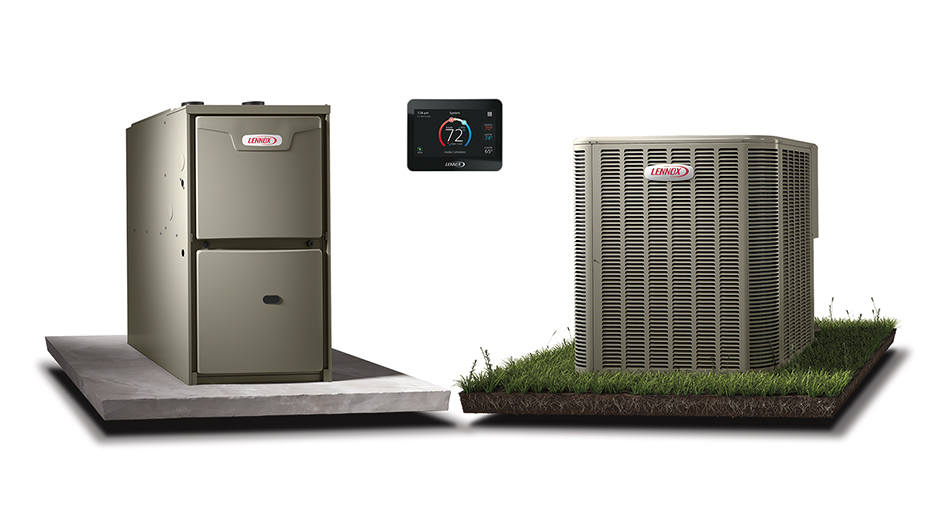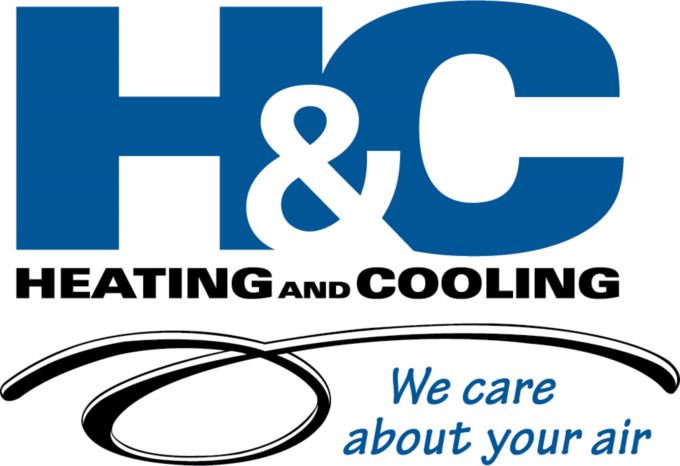
The idea of using both a furnace and heat pump may feel somewhat odd at first. After all, why do you need two sources of heat? Although furnaces and heat pumps both deliver energy-efficient heat, the variations in their design really make employing both of them a practical option. It’s not for all of us, but in the right conditions you will absolutely benefit from owning a furnace and a heat pump.
You should consider several factors in order to decide if this kind of setup suits you. Your local climate and the square footage of your home are both highly important, namely for the heat pump. This is because many models of heat pumps begin to run less efficiently in winter weather and large homes. That being said, you can still take advantage of heat pump installation in Laurel.
Heat Pumps May Be Less Efficient in Winter Weather
Heat pumps are generally less efficient in cooler weather because of how they create climate control to begin with. As opposed to furnaces, which combust fuel to create heat, a heat pump reverses its stream of refrigerant to pull heat from outdoor air. This heat is then brought inside and dispersed throughout your home. As long as there is still some heat energy in the air, a heat pump can function. But the cooler the temperature, the less efficient this process is.
The less heat energy is usable outside, the more effort is required for a heat pump to draw heat indoors to maintain your preferred temperature. It can depend on the specific make and model, but heat pumps can start to lose efficiency at temperatures of 40 degrees and under. They still remain an energy-efficient option until 20-25 degrees, after which a gas furnace will be more effective.
What Temperatures Do Heat Pumps Perform Best In?
Heat pumps manage best in moderate climates 40 degrees and up. That said, you don’t have to lose out on the benefits of a heat pump just because the local climate is cold. After all, that’s why installing both a furnace and heat pump might be worth the costs. You can favor the heat pump for energy-efficient heat until the weather is chilly enough to warrant shifting to something like a gas furnace.
Certain makes and models tout greater effectiveness in winter weather. For example, the Lennox MLA heat pump is capable of working at 100% capacity at 0°F. It can even continue running in temperatures as low as -22°F. For optimum energy efficiency, you’ll likely still want to use the furnace in severely cold weather.
So Should I Get a Heat Pump if I Have a Gas Furnace?
If you’re serious about maintaining the most energy-efficient HVAC system available, owning a heat pump and gas furnace at the same time is worth the investment. Not only is a dual-heating system versatile, but it offers other perks such as:
- A source of backup heating – A redundant heating system means even if one stops working, you still have the ability to heat your home. It may not be the most energy efficient, but it’s better than living in an unheated home while you hold out for repairs.
- Lower energy costs – The ability to decide which heating system you use according to the highest energy efficiency decreases your total costs. Smaller heating bills over the life span of these heaters can really add up to lots of savings.
- Less strain on both systems – Compared to running one system all winter long, heating responsibilities are divided between the furnace and heat pump. Essential hardware could live longer given that they’re not under continuous use.
If you’re still uncertain about heat pump installation in Laurel, don’t hesitate to contact your local professional technicians. They can review your home’s comfort needs and help you figure out if a dual-heating HVAC system is the ideal option.
